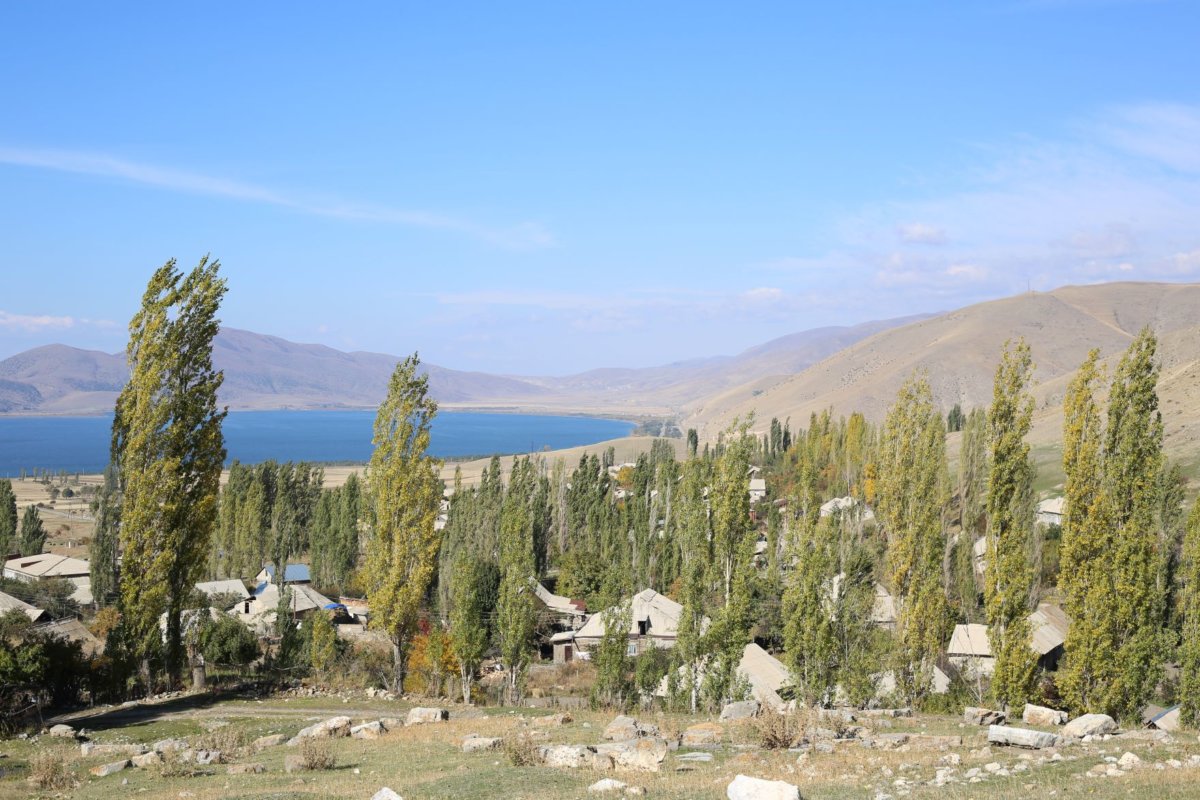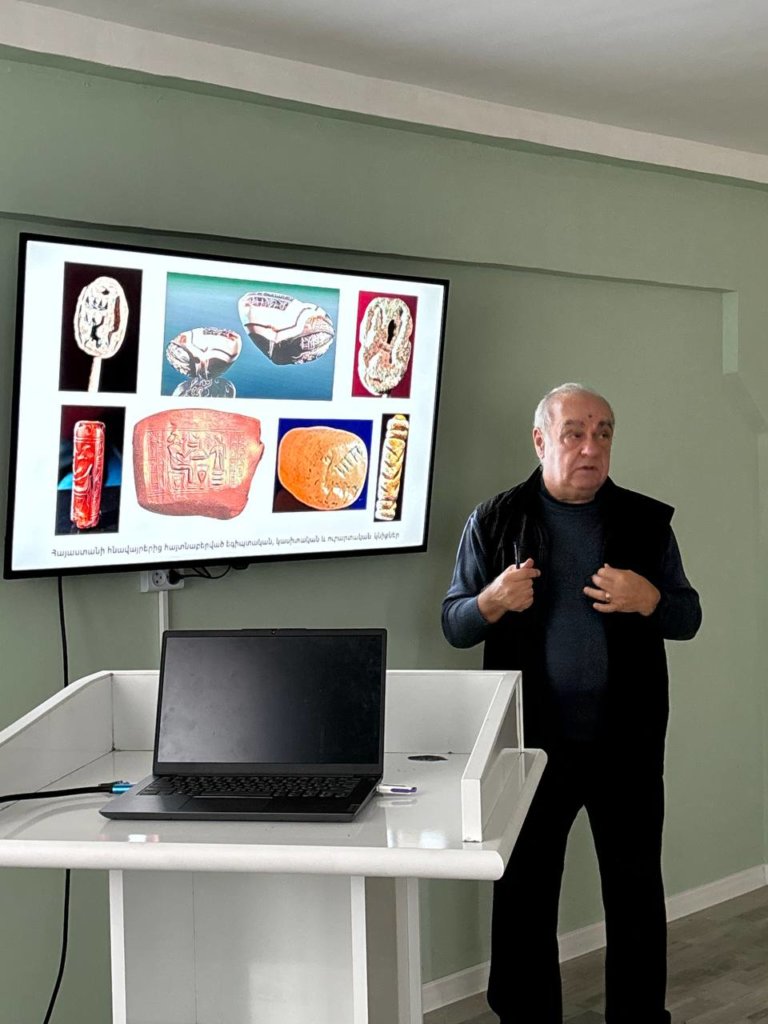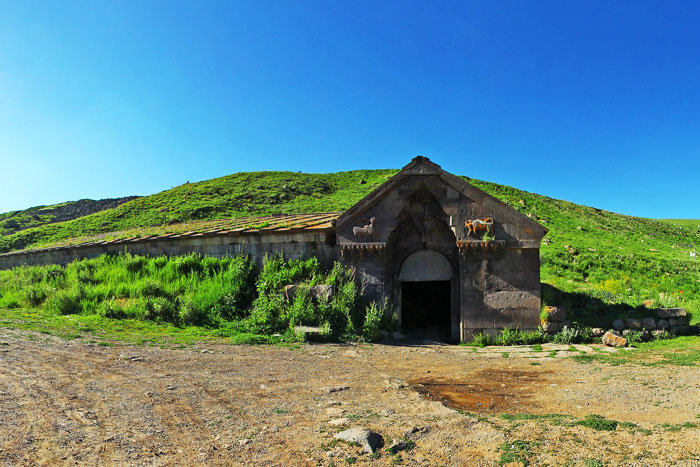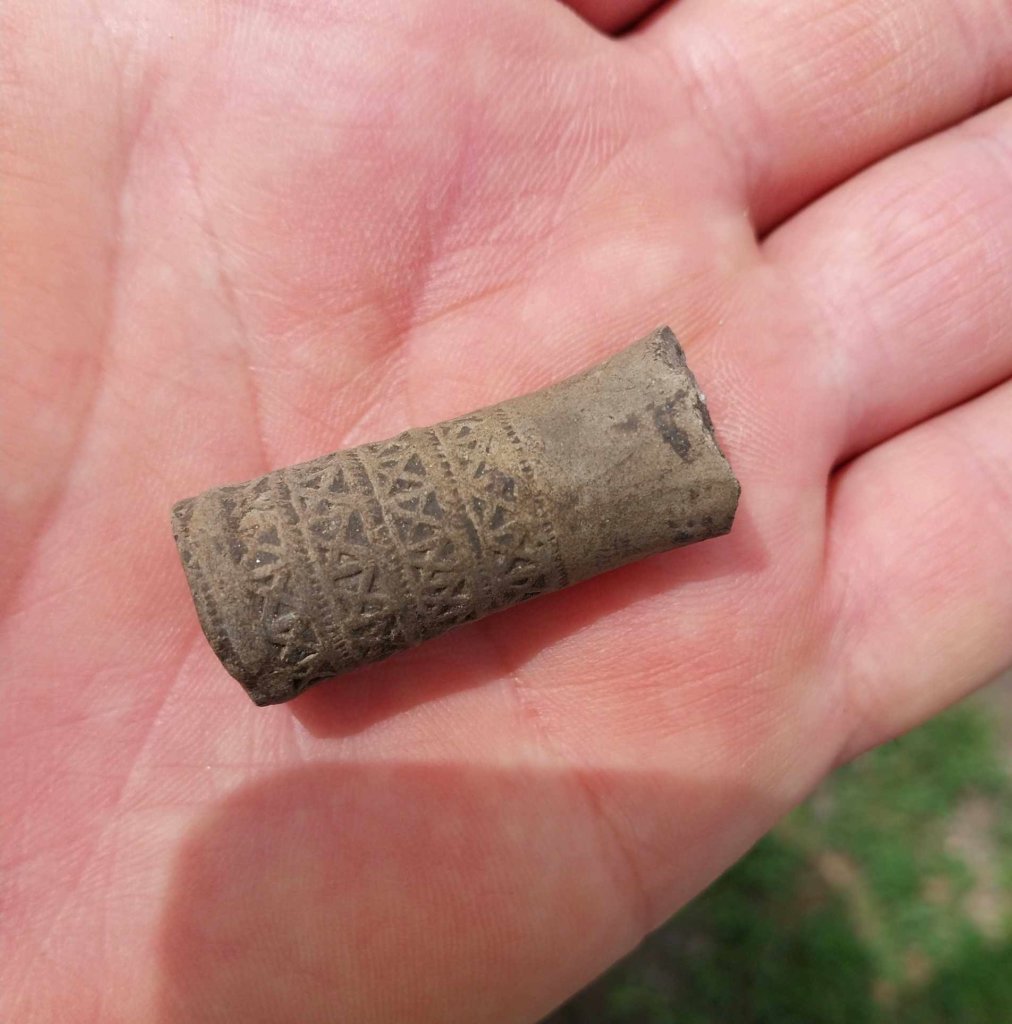Medieval Cemetery (about X-XVIII cc)
It is an Armenian medieval cemetery. There have been preserved dozens of flat and rough tombstones and one khachkar (cross-stone) with an inscription on it. There are remains of the wall along the edge of the cemetery, and fragments of ancient and medieval pottery are scattered all over the surface.
Dashtaler cyclopean fortress (Late Bronze-Early Iron Age) with two rows of walls and ruins of dwellings (about 1500-900BC) is situated on the right side of the Jil-Artanish road. The fortress controlled an ancient road, running along the eastern shore of Lake Sevan, part of which has been preserved 1 km to the northwest of the fortress. At the northern end of the village there is a church with a one-nave hall (about XVI-XVII centuries) and the adjacent gavit (narthex). It is built of rough, whitish limestone and internally is covered with white plaster. There are broken khachkars (cross-stones) and tombstones around the church.
In 1988-1989 the inhabitants of the village Khachakap (Dashkesan region, Soviet Azerbaijan) took with them a khachkar (dating back to 1606) with an inscription on it and the cross of “Targmanchats” monastery. The name of the monastery is traditionally associated with the Christian propaganda in Utik (historic province in the Armenian Kingdom) by Mesrop Mashtots.
Now both the khachkar and the cross of the monastery are kept in a place called “Khachi tsar” (Tree of a cross) which is on the right side of the road leading to the village.










